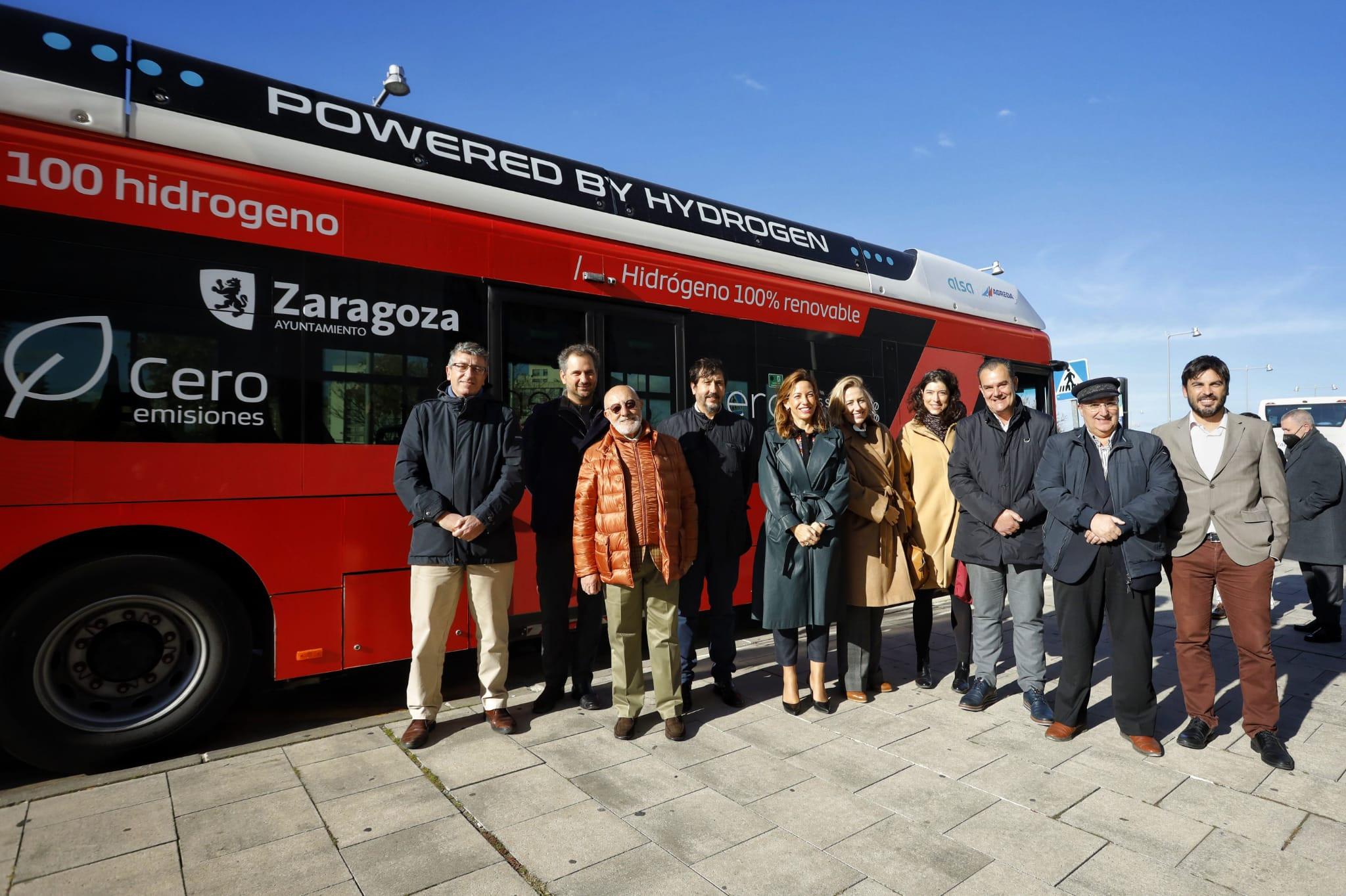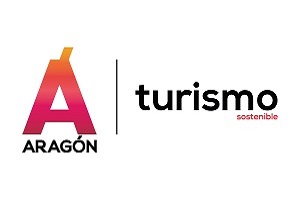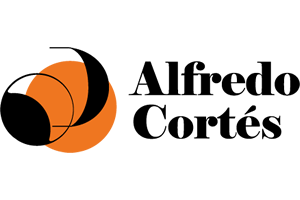It is a 12-meter vehicle manufactured by the Caetano brand and uses Toyota fuel cell technology. Hydrogen (H2) is used as a source of energy and electricity and, consequently, propulsion. The only thing the vehicle emits is water vapor. A fuel cell is, in essence, a battery that uses an external fuel supply, connected to an electric motor.
Electrodes within the cell store a catalytic reaction where fuel and oxidants are electrochemically transformed, producing DC power, water and heat. In addition to being a zero-emission vehicle, it is also as quiet as any other electric bus.

For the Councilor for Public Services and Mobility, Natalia Chueca, this test will be “very significant in our goal of making all public transport in Zaragoza become zero emissions in the near future.”
“We have already launched our commitment to the electric city bus with the acquisition of 68 new Irizar ieTram buses. But -he added- we must continue researching and getting to know in depth the operation of all the new technologies within our reach, in order to apply the different variants to each type of route and public service”.
Before being put into operation in tests with passengers, the bus underwent several days of empty testing, loaded with ballast, in order to be able to test its autonomy and running qualities more thoroughly. The vehicle has an average consumption of 7.47 kilograms of hydrogen per 100 kilometers. The hydrogen for these test days will be supplied by the company Carburos Metálicos.
From Monday to Saturday working days this hydrogen bus will travel 490 commercial kilometers per day (11 expeditions per direction between Zaragoza-Airport). On Sundays and holidays the route is slightly less: 399 commercial kilometers per day (9 expeditions per direction between Zaragoza-Airport).
A fuel cell is, in essence, a battery that uses an external fuel supply, connected to an electric motor. The electrodes inside the cell store a catalytic reaction where fuel and oxidants are electrochemically transformed, producing DC power, water and heat. In addition to being a zero-emission vehicle, it is also as quiet as any other electric bus.
Main contributions of H2 technology

Zero-emission technology. Hydrogen (H2) as an energy source and electricity as a propulsion source, using a fuel cell to generate electricity. The only thing the vehicle emits is water vapor.
The fuel cell does not contain corrosive fluids.
High efficiency. Fuel cells are more efficient than any conventional power generation system.
Modularity. The availability of fuel cells as stand-alone modules provides additional advantages. Scaling up to higher powers is easily achieved by connecting modules, thus providing high adaptability to demand.
No limitations in autonomy. Similar refueling/recharging time














